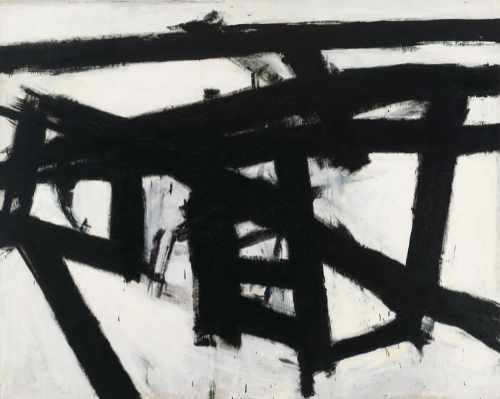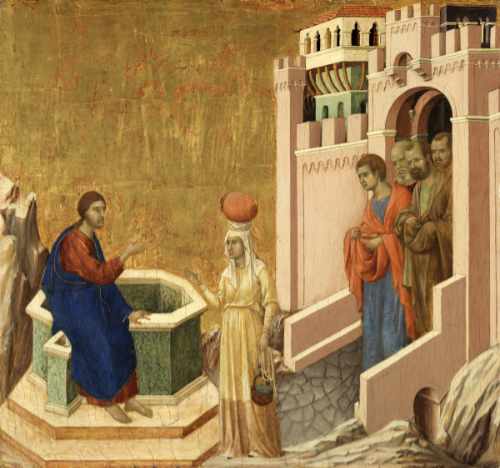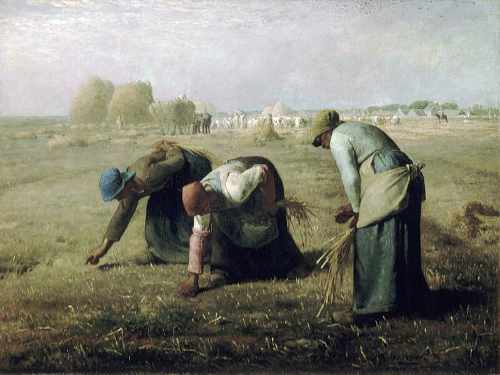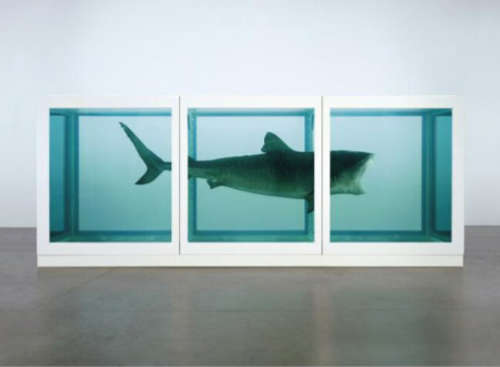Art Appreciation
3rd Element of Art: Context
Remember Context relates to how the artist related to, was influenced by and worked in, the time in which he or she lived. To appreciate context in art means gaining some understanding of the time, place, political climate, social attitudes etc. in which the work of art was produced. This is just as important today as it was 500 years ago.




Let’s consider Context
First of all we need to consider the artist himself; his attitudes, beliefs, interests, training and biography including his psychological state, if that is possible. As with content the understanding of context requires some knowledge, particularly of the history of the period in which the painting was produced. For example, attitudes to the painting of peasants changed markedly during 19th century France, as new socialist ideas often promoted them to the central theme of some paintings (Millet and Courbet) as opposed to being merely bit players. Of course, if you are considering a recent painting you have already experienced to some degree the context of the work, so bring this to bear in your judgements.
Remember technology can also play a part; a large amount of topographical painting would not have been possible without the camera obscura. The Impressionists preference for painting out of doors would have been a problem without the invention of the paint tube. Where would artists of the 20th century be without the invention of acrylic paint, mechanised screen-printing, computers, video and film? The important point to remember is not to expect paintings to deliver what was not technically possible at the time. So if the perspective on a work by the great medieval painter Giotto 1267 – 1337 looks a bit dodgy, remember the geometry of perspective was not actually invented until around 1420.
Another important element to think about is whether the painting was commissioned and if so by whom, or did the artist have a patron. Patrons can be incredibly influential in the development of an artist’s work or even a movement in art. Charles Saatchi is an obvious modern example; the multi-millionaire marketing guru almost single-handedly created the Young British Art movement of the 1990’s by his patronage. We might ask whether Damien Hirst would have come to the fore if Saatchi had not paid him £25000 for his floating shark? Or whether much of the shock element of the YBA’s work would have been so prominent if Saatchi had not bought the work and thereby influenced other wealthy collectors to jump on the collecting bandwagon?
These are difficult questions to answer, but this issue has been around for centuries. Extremely wealthy or powerful patrons have always patronised particular artists. We need look no further than the Medici’s in Italy to realise that without their wealth, much of the fabulous art of the Renaissance might not have been created. The question to be asked here is whether the values of the patron are reflected in the artist’s work? Or has the artist remained true to his own convictions?
Issues such as the social, religious and political attitudes are also very important elements to get to grips with. We have only to look how regimes such as fascism and communism sought to control and influence artists. Many artists played along with these attitudes for obvious reasons, others risked their lives in opposing them. The same applies to the religious conflicts in centuries past. All have an influence on the artist’s output.
And Finally…
In Summary
There are so many aspects and elements in a work of art, it is almost impossible to completely understand everything. Your own attitudes, beliefs and education as well as your ability to open your mind will affect the way you appreciate art. You can be as profound and wide-ranging as your capacity permits. Making judgements about art is a very subjective business, nevertheless comments such as: ‘that’s rubbish’ or ‘a brilliant piece of work’ should be avoided unless of course you can substantiate your view. If you can, your view, whatever that might be, is just as valid as anyone else’s.
The more you look and think, the more you will see, feel and understand. Take your time the experience will be worth it. Remember art is very much like life, the more you experience it the better it becomes.


